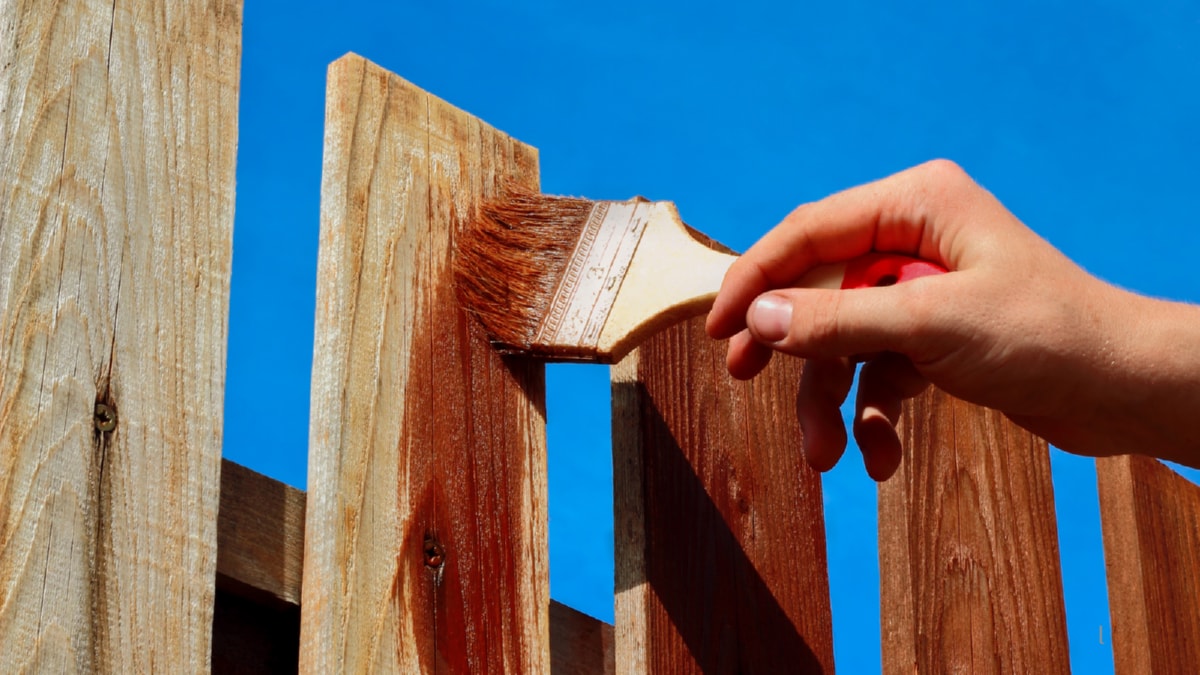Green building practices have undergone significant transformation in recent years, driven by a global shift towards sustainability. As environmental issues such as climate change and resource scarcity become more pressing, the construction industry has responded with innovative solutions. The latest developments in green building practices are not just about reducing environmental impact, but also about creating healthier and more efficient buildings for people to live and work in.
One of the most significant innovations in green building is the use of sustainable materials. These can range from recycled or reclaimed materials, like old bricks and wood, to newer, more technologically advanced materials like bioplastics and eco-concrete. These materials not only reduce the amount of waste going to landfills but also lower the energy consumption and carbon emissions associated with traditional building materials.
Another exciting development in green building is the integration of renewable energy sources. Solar panel installations have become increasingly common, but the innovation does not stop there. Wind turbines, geothermal energy systems, and even energy-harvesting windows are making their way into modern buildings. These technologies not only provide a renewable source of energy but also significantly reduce a building’s reliance on the grid, leading to substantial cost savings over time.
The concept of energy efficiency has also been taken to a new level with the advent of smart buildings. These buildings use automated systems to control heating, cooling, lighting, and ventilation, optimizing energy use throughout the building. Additionally, many smart buildings are equipped with energy management systems that monitor energy use in real-time, allowing for adjustments to be made as needed. This not only reduces energy consumption but also improves the comfort and productivity of the building’s occupants.
Water conservation is another area where green building practices are making significant strides. Rainwater harvesting systems, greywater recycling, and water-efficient fixtures are becoming standard in many new buildings. These systems not only conserve water but also reduce the strain on municipal water supplies and wastewater treatment facilities.
Lastly, green building practices are increasingly focusing on creating healthier indoor environments. This includes using low-VOC materials to improve air quality, incorporating natural light to enhance mood and productivity, and designing spaces that promote physical activity. These practices not only benefit the environment but also contribute to the wellbeing and productivity of occupants.
In conclusion, the latest innovations in green building practices are revolutionizing the way we design, construct, and operate buildings. They are helping us to reduce our environmental footprint, improve health and wellbeing, and create more sustainable communities. As these practices continue to evolve, we can expect to see even more exciting developments in the future. The green building movement is not just a trend; it’s a fundamental shift in the way we think about and interact with the built environment. It’s a testament to the construction industry’s commitment to creating a sustainable future for all.
For more details, check best interlocking services Toronto or visit their business listing here.



